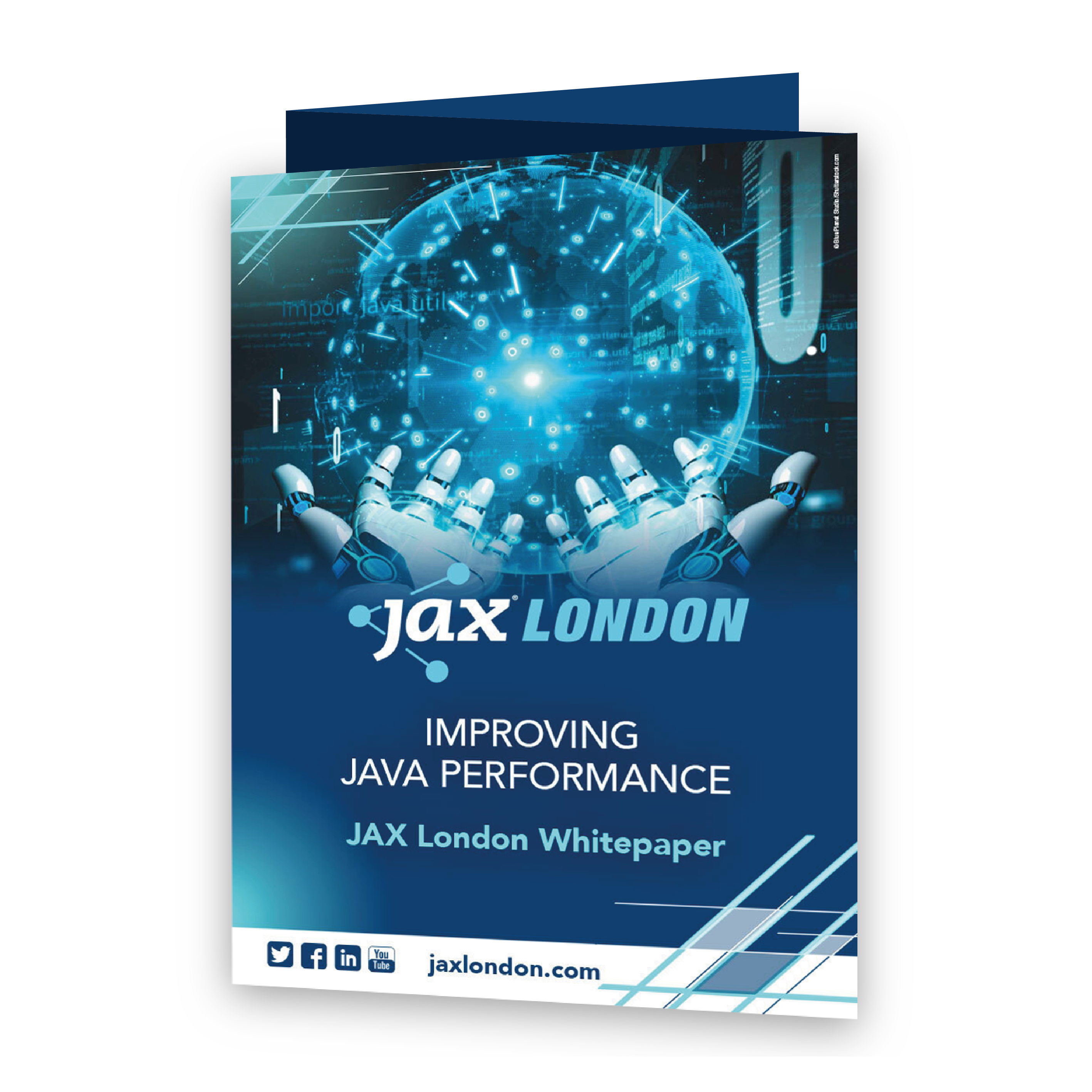
Source: Shutterstock
Just 16 months ago, Hyperledger Fabric became the first of the now eight Hyperledger projects to be incubated. Hyperledger Fabric was also the first of the Hyperledger projects to exit incubation to “Active” status in March, after a year in incubation.
The efforts around Hyperledger Fabric have grown into a true, vibrant community including engineers from:
Arxan, Cloudsoft, CLS, d20 Technical Services, The Depository Trust & Clearing Corporation (DTCC), Digital Asset, Fujitsu, GE, Gemalto, HACERA, Hitachi, Huawei Technologies, Hyperchain, ImpactChoice, IT People, Knoldus, The Linux Foundation, Netease, Passkit, State Street Bank, SecureKey, IBM, SAP, Thoughtworks and Wanda Group.
There were also contributions from 35 unaffiliated individuals. In total, 159 developers have contributed to Hyperledger Fabric.
Along the way, the Hyperledger team published two developer preview releases, and they learned a lot from the feedback from the many users developing proofs of concept/technology built using those releases. With that important feedback, the team undertook a significant refactoring of the architecture and re-wrote much of the code, as you can see with the visualization of the commit history.
In total, 159 developers have contributed to Hyperledger Fabric.
No open source project is ever “done,” and the same can be said for Hyperledger Fabric. There’s much that they want to do, including improve delivery of a Byzantine Fault Tolerant orderer capability, explore integration with other Hyperledger projects such as Sawtooth, Iroha, Indy and Burrow, add support for Java and other chain code development languages, deliver additional SDKs for Go and Python, provide a recipe(s) for deployment to Kubernetes, deliver proper installers for the various development platforms, and much, much more.
Hyperledger also has more work to do on performance and, it has plans to add more comprehensive performance, scale and chaotic testing to the continuous integration pipeline to continue to add to the robustness of the platform.
However, the project’s maintainers felt that the time was ripe to deliver a robust initial major release with the objective of allowing consumers and vendors of technology based on Hyperledger Fabric to advance to the next stage: production deployment and operations.
Over the past two months, the developers locked down feature development and focused on static and dynamic security scanning and linting, testing, reducing technical debt and fixing defects. They increased the unit test coverage by 70% and continue to automate the manual SVT integration tests. The team has honed the release process by releasing four interim releases (alpha, alpha2, beta, and rc1) and with each, they have been taking user feedback and worked to improve their documentation and initial UX.
No open source project is ever “done,” and the same can be said for Hyperledger Fabric.
There’s still much to be done on the journey to delivering on the promise of blockchain in the enterprise.
If you want to get in contact send an Email: [email protected].
Originally posted on Hyperledger blog.

